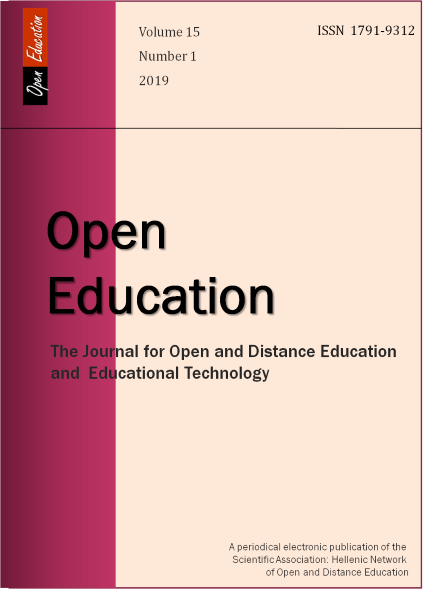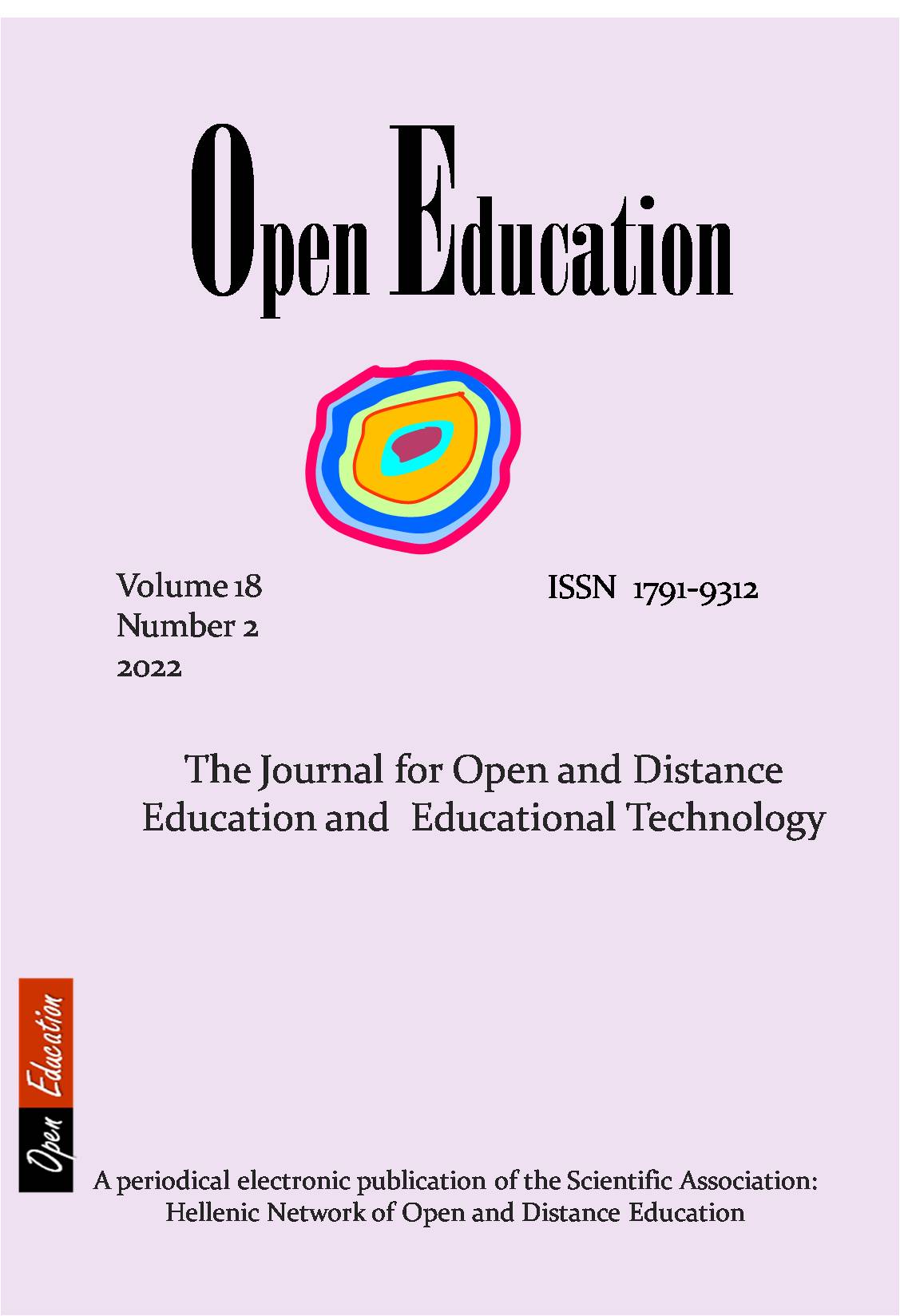Διδάσκοντας τις διεργασίες ανάπτυξης των φυτών σε μαθητές του δημοτικού με τη χρήση tablets. Αποτελέσματα από πιλοτική εφαρμογή
Abstract
Η εργασία παρουσιάζει τα αποτελέσματα από πιλοτικό πρόγραμμα στο οποίο χρησιμοποιήθηκαν tablets και μικρο-εφαρμογές με στοιχεία επαυξημένης πραγματικότητα για τη διδασκαλία της θρέψης των φυτών σε μαθητές της Στ΄ τάξης του δημοτικού. Η διάρκεια του προγράμματος ήταν τέσσερα διδακτικά δίωρα και το δείγμα ήταν 60 μαθητές χωρισμένων σε τρεις ομάδες. Η πρώτη ομάδα διδάχθηκε συμβατικά. Η διδασκαλία στη δεύτερη και τρίτη ομάδα στηρίχθηκε στο μοντέλο των Driver και Oldham, με τη διαφορά ότι στη μία χρησιμοποιήθηκε έντυπο υλικό ενώ στην άλλη χρησιμοποιήθηκαν τα tablets. Η συλλογή των δεδομένων έγινε μέσα από φύλλα αξιολόγησης. Επιπλέον, στην ομάδα που διδάχθηκε μέσω tablets, χορηγήθηκε ερωτηματολόγιο για την καταγραφή των απόψεων των μαθητών. Τα αποτελέσματα της έρευνας δεν έδειξαν στατιστικά σημαντικές διαφορές ανάμεσα στις τρεις ομάδες όσον αφορά τις επιδόσεις τους. Παρόλα αυτά, μέσα από το ερωτηματολόγιο, φάνηκε η θετική στάση των μαθητών απέναντι στη χρήση των tablets και τα αυξημένα κίνητρά τους για μάθηση, αναδεικνύοντας την ανάγκη για περαιτέρω διερεύνηση μεθόδων ένταξής τους στο σχολείο.
Article Details
- Come citare
-
- Fascicolo
- V. 15 N. 1 (2019)
- Sezione
- Μέρος πρώτο / Section 1





